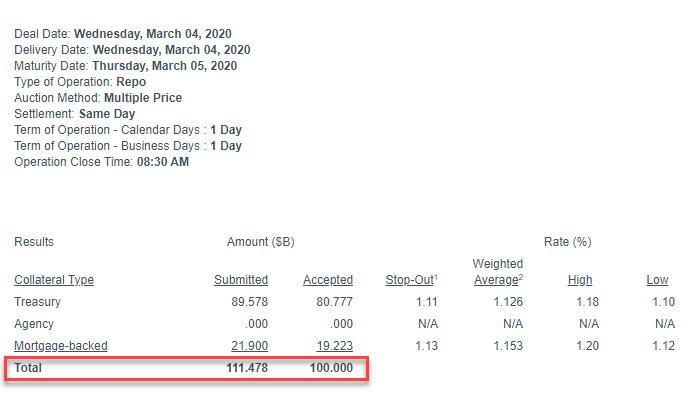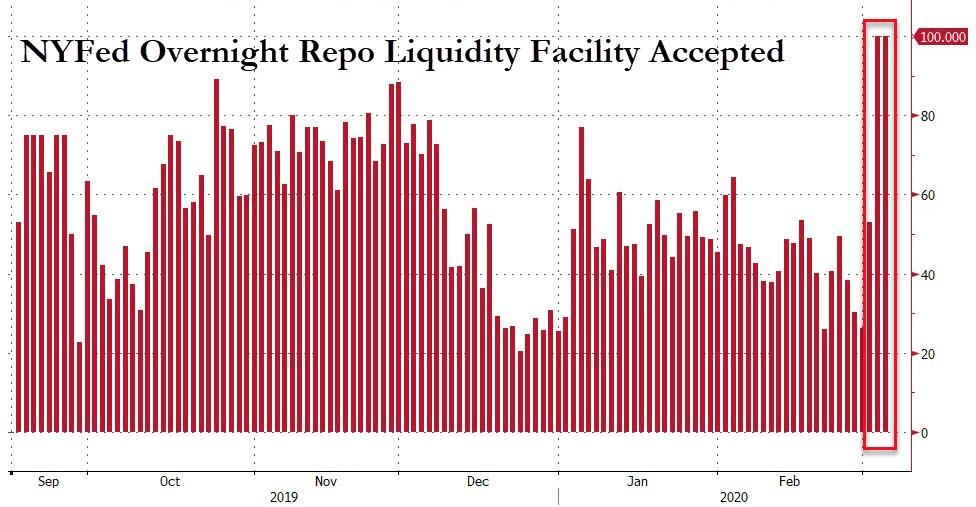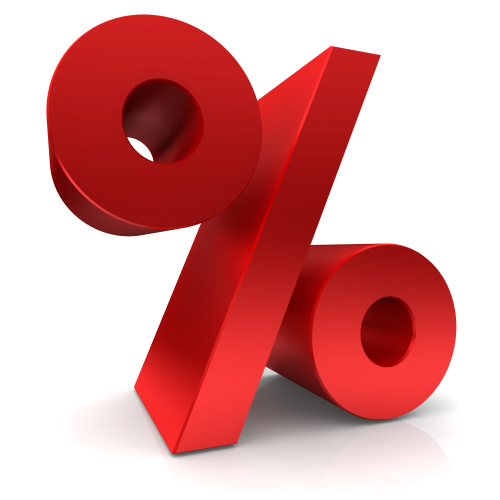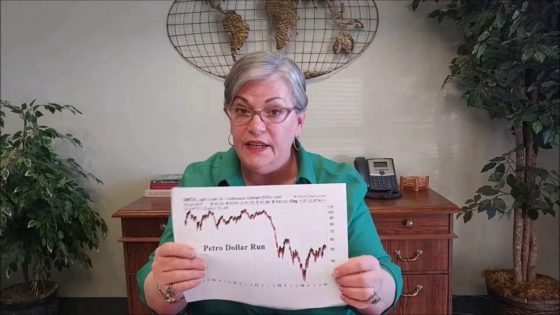This post is in reference to my previous article Plunge in Interbank Lending: The Straw that Broke the Fed’s Back.
Here is an email a reader Andy sent from the Fred team.
Dear user,
There have been some structural changes to that data in addition to the corrections.
More information can be found at https://www.federalreserve.gov/feeds/h8.html
The Interbank Loans have been discontinued and we are confirming the validity of the last value in that series.Sincerely,
FRED Team

The chart has been updated one last time, removing the plunge.
Reverse Repo Adjustment
Reader Parker commented:
Through the end of 2017, the Fed tracked “interbank loans” which included “Fed Funds and reverse repos with banks” and “loans to commercial banks”; starting in 2018, the Fed is now tracking “Federal Funds and Reverse Repo” for bank and non-banks together (one number) and breaking out “Loans to commercial banks separately”; as a consequence, it looks like the chart you showed basically had the Feds data feed of Fed Funds and Reverse repo with banks + loans to commercial banks through 12/31/17 and subsequently it is only picking up “loans to commercial banks” because “Reverse repo with banks” is no longer reported as a standalone. I track the Fed H8 report every week which is why I noticed the change in reporting classifications across years.
Fed Funds and Reverse Repo is getting tighter which is still news worth but it didn’t suddenly drop by 90% in a week.
Please let me know any questions – best, Parker
Tightening Analysis
My analysis stands as to what is happening even though the previous chart is inaccurate. Note the lead-in chart for this article. Securities in bank lending took a sudden dive.
My overall message stands as previously delivered, just not the chart itself.
Apologies for the error.














